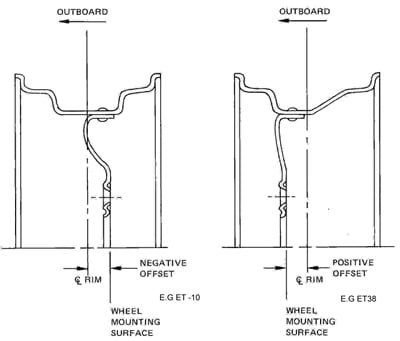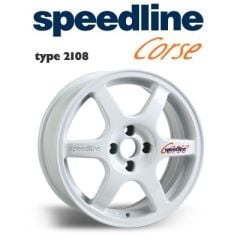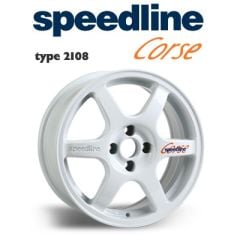ALLOY WHEELS
Alloy Wheels
The aftermarket alloy wheel market is a huge business with a massive array of different brands and even larger number of different styles of alloy wheel. The largest choice is found in the road wheel market. Many road alloy wheels appear to offer great looks but often fall well short on performance. Many people assume that an alloy wheel will always be light but quite often the cheaper wheels on the market use crude casting technology which results in a heavy wheel with little strength. At Balance Motorsport we provide wheels to increase performance. We do not keep a huge range of styles or brands but one thing is sure we can help you choose a wheel that will work.
The key requirements for a high performance road or racing wheel are:
Lightweight - a reduction in unsprung weight will improve handling
High strength - the last thing you want on a track or road is tyre failing owing to the wheel flexing or cracking
However a road wheel is always designed to a budget and must be able to cope with heavy loads and bumps, so it often ends up being heavier. A racing wheel can be as light as possible as long as it retains the ability to be able to cope with much greater lateral loads. This is especially the case with wide wheels running on slick tyres.
Generally speaking it helps to have a wider wheel. Assuming you are already running low profile tyres of a reasonable width you may benefit from increasing the rim width. For optimum performance it is good to have a rim as wide the tyre, but not wider. This will stretch the sidewall of the tyre making it stiffer and ensuring that there is less deflection of the tyre in the corner. This results in lower slip angles and a higher limit of adhesion. It will also reduce ride quality, and potentially make on limit handling less forgiving (you can rarely have your cake and eat it!). For example a 205mm tyre is 8 inches wide. So if you are running 205 tyres on anything less than a 7.0” rim you would benefit from a wider rim up to 8" (Exactly the opposite is true of putting tyres wider than the rim). Before choosing your wheel you need to know your current offset and establish if you will have problems with the wheel fouling the arches or the suspension of the car. Fitting a wider wheel without increasing offset will possibly cause problems with clearance on the suspension components at lock.
What does ET mean?
The following diagram shows the difference between positive and negative offset. Most wheels are positive offset. The offset is usually described by an ET number (ET is an abbreviation of the German word 'Einpresstiefe' which literally translates as 'insertion depth') Most wheels are positive offset, that it the mounting face of the wheel is further inboard.

By reducing a positive ET figure the track is widened - this can reduce weight transfer in a corner and also decrease the polar moment of inertia - making the car more stable. The opposite is true of increasing offset. Do not stray too far from the original offset and make sure you have worked out whether a wider wheel will cause problems with fouling on bodywork or suspension.
-
- Speedline Type 2108 - Comp2 6.0x14£138.35 £115.29Speedline Type 2108 - Comp2 6.0x14 - price each Learn More
- Speedline Type 2108 - Comp2 6.5x15£158.11 £131.76Speedline Type 2108 - Comp2 6.5x15 - price each Learn More
- Speedline Type 2108 - Comp2 7.0x16£180.71 £150.59Speedline Type 2108 - Comp2 7.0x16 - price each Learn More
- Speedline Type 2118 - Racing2000 6.0x15£158.11 £131.76Speedline Type 2118 - Racing2000 6.0x15 - price each Learn More
- Speedline Type 2118 - Racing2000 7.0x15£158.11 £131.76Speedline Type 2118 - Racing2000 7.0x15 - price each Learn More













